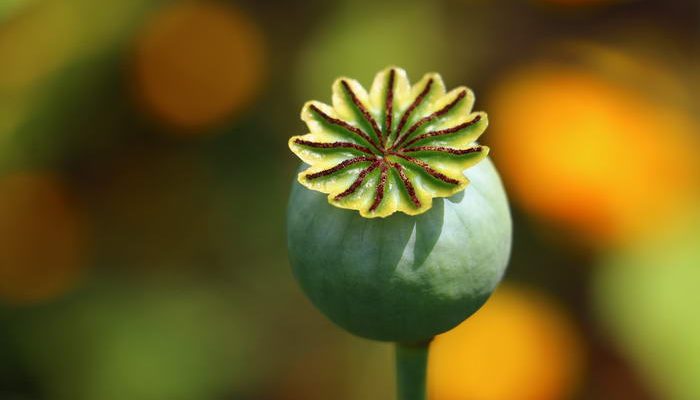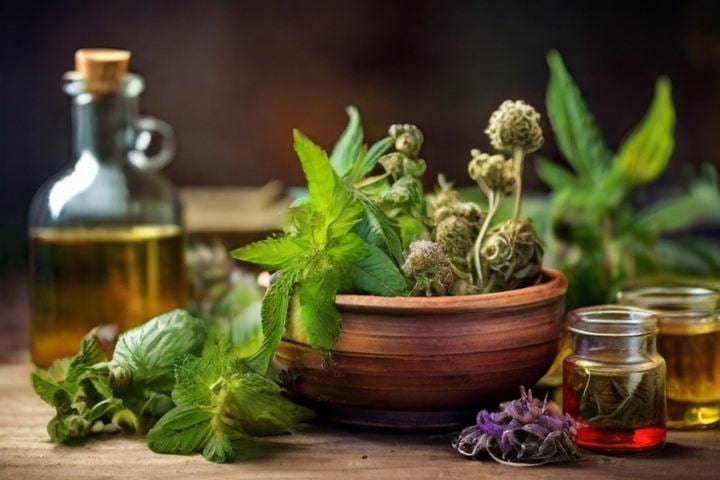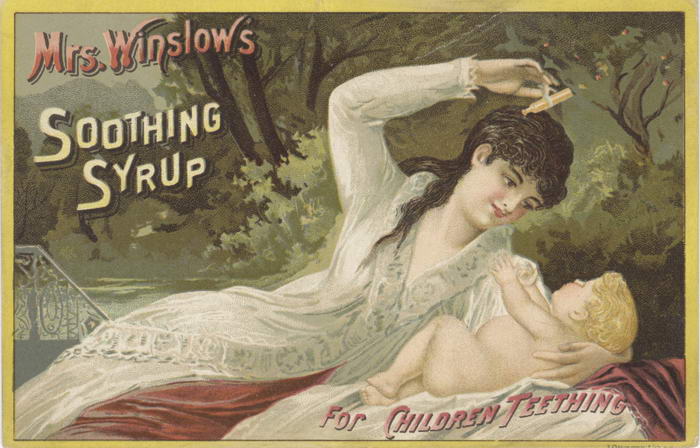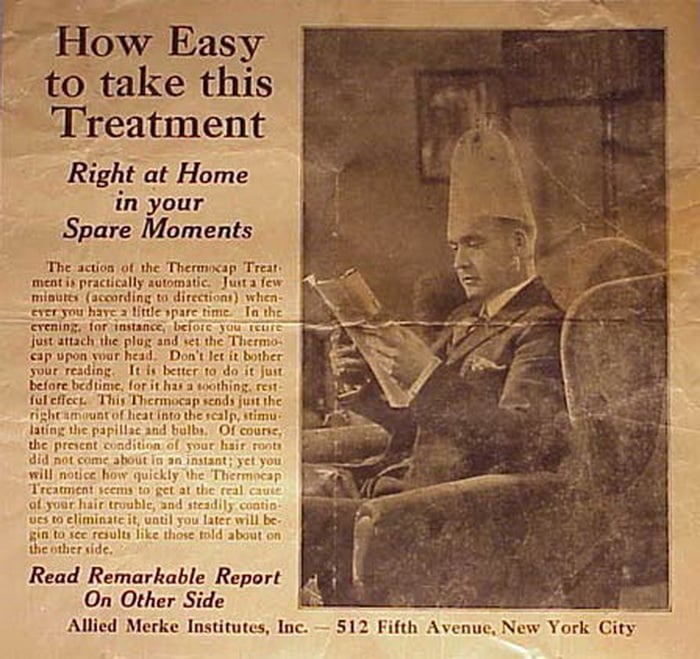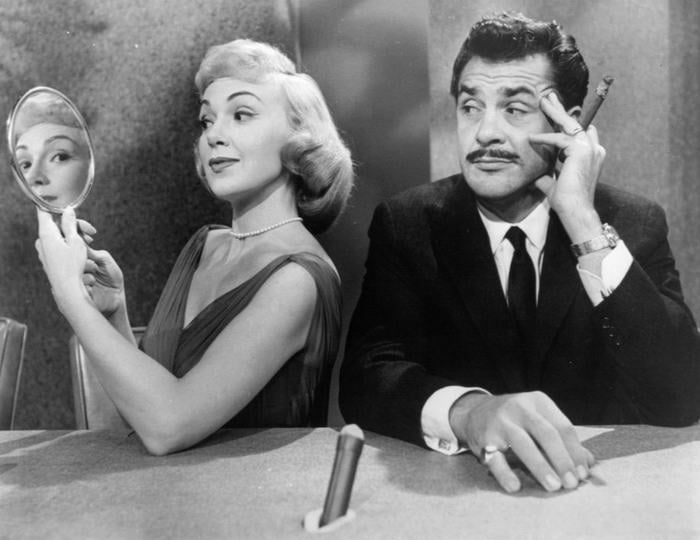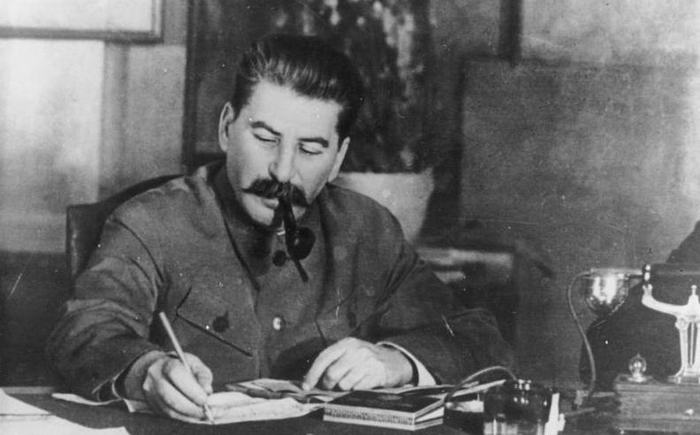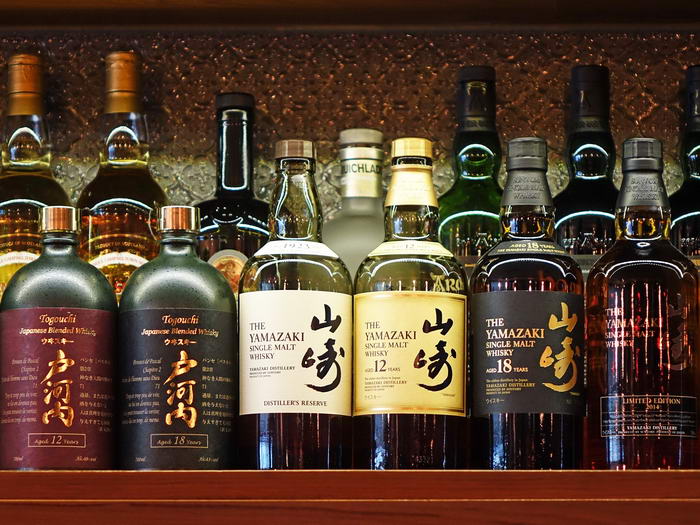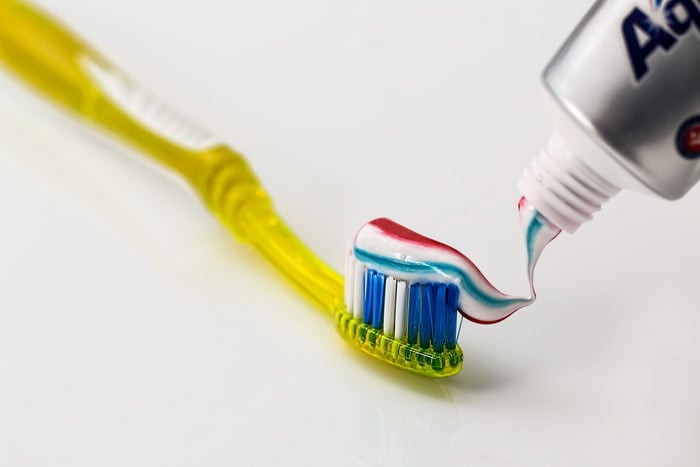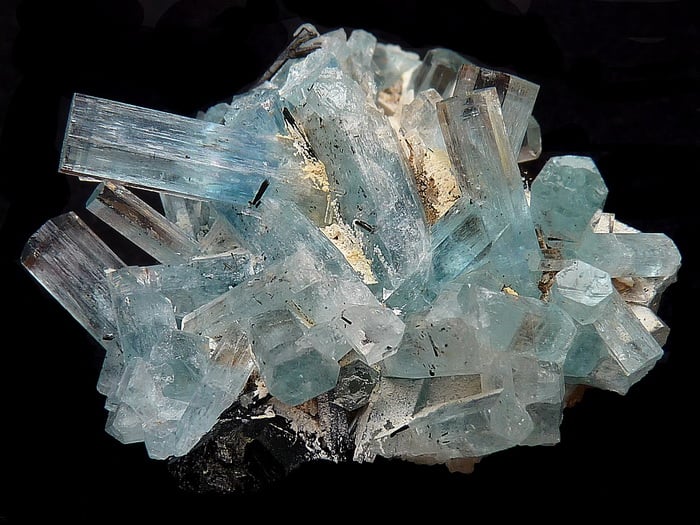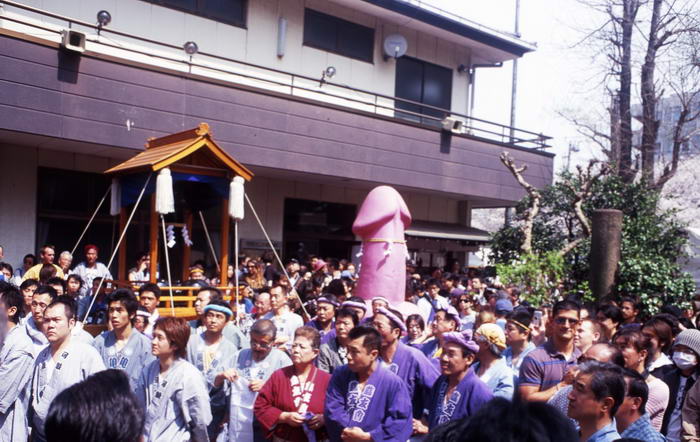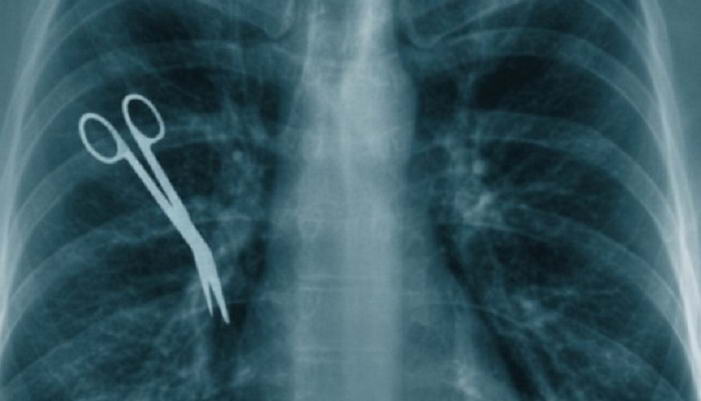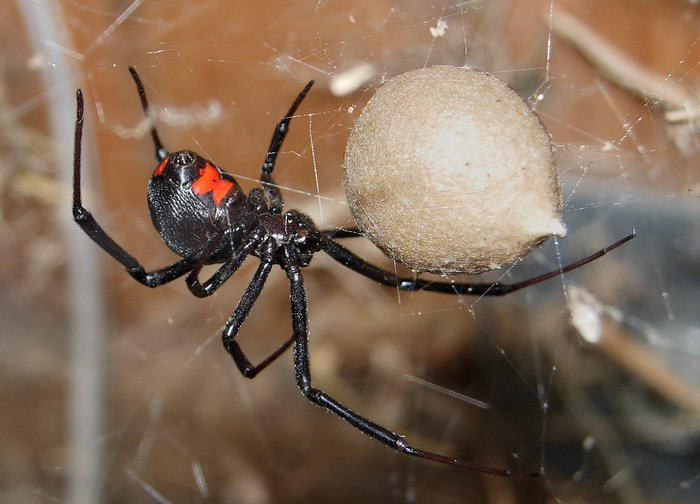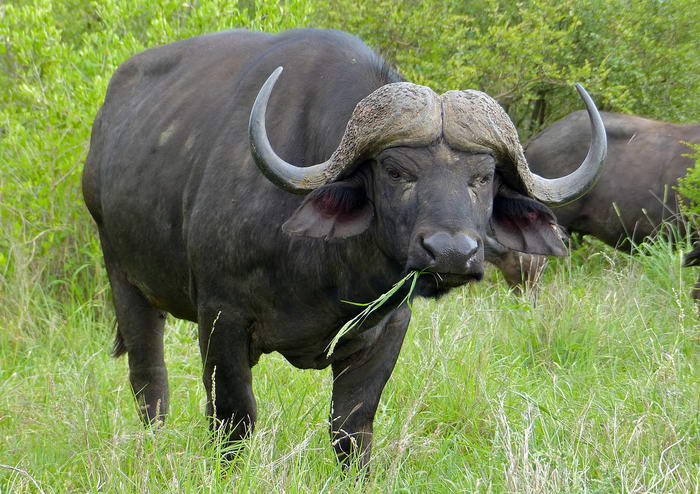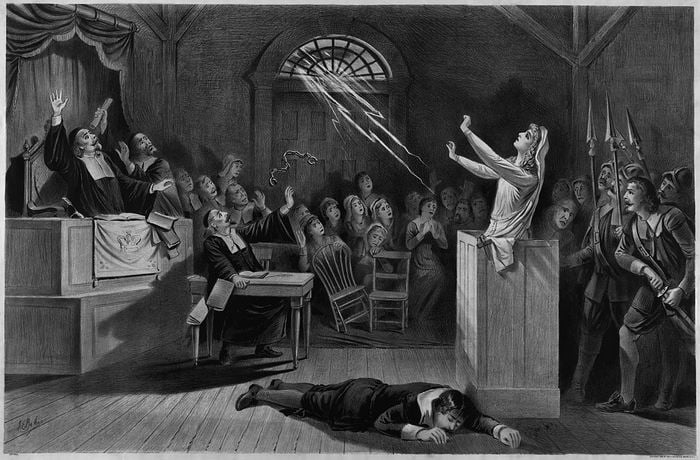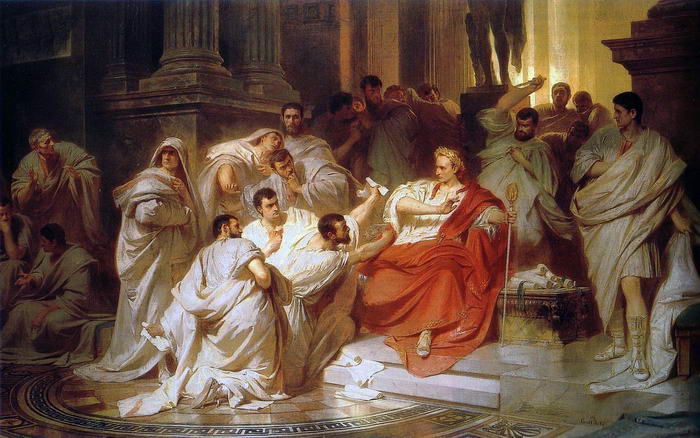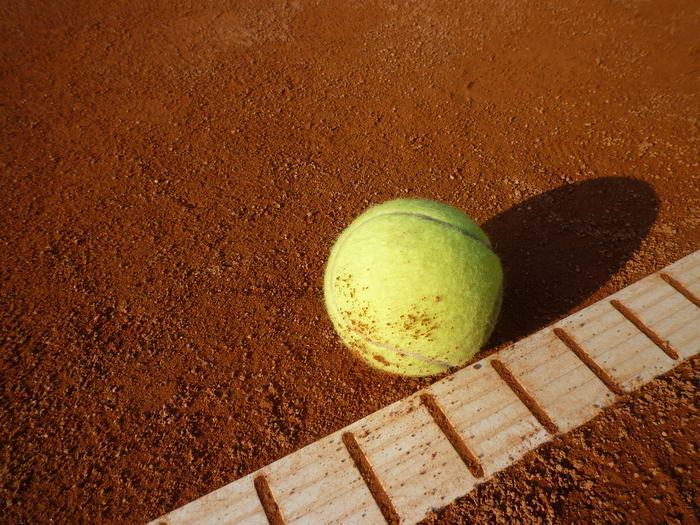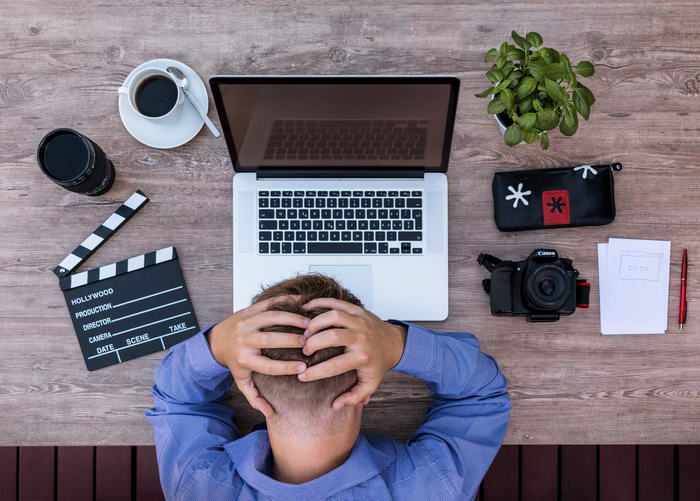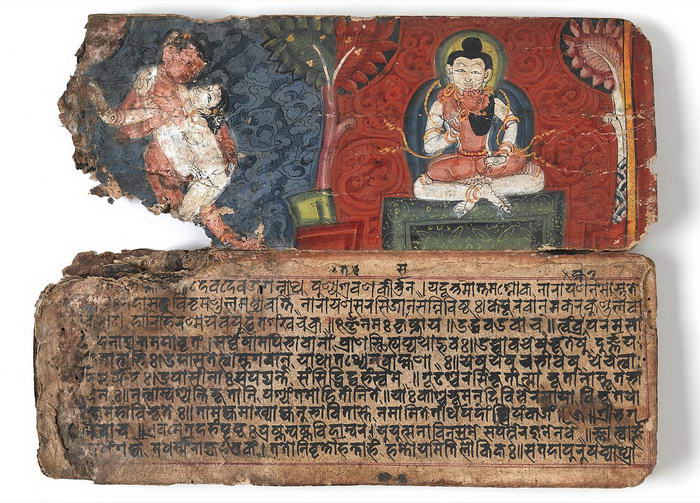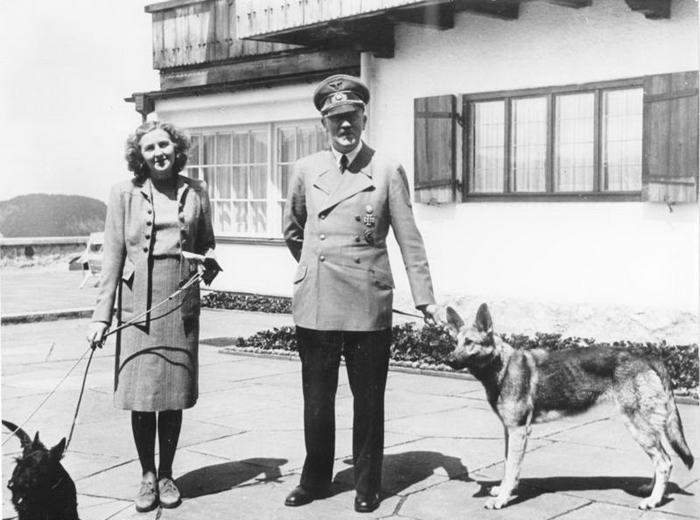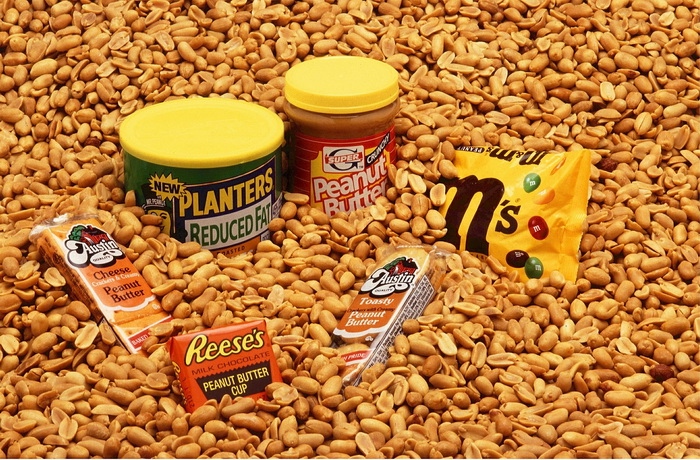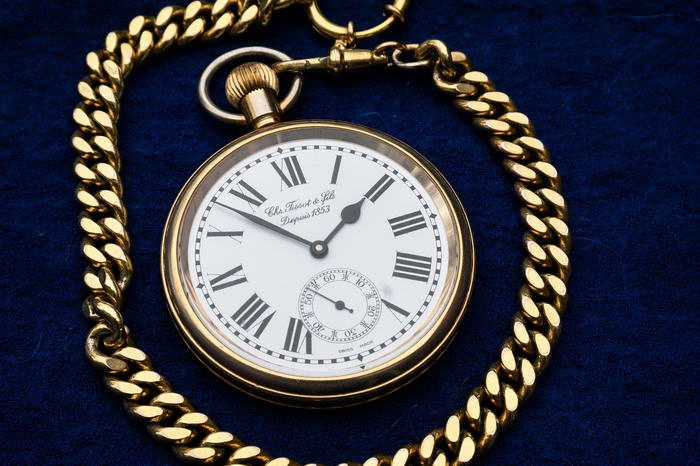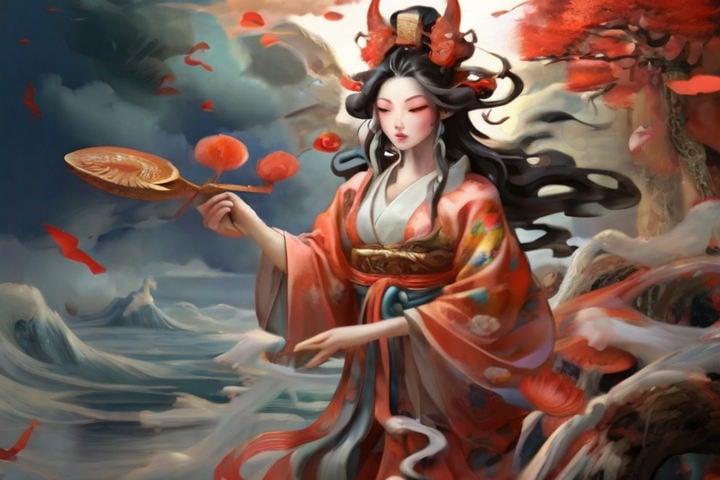There is a popular myth in modern society that people in history didn’t have the luxury of pain relief. Many believe that pre-20th Century, people simply had to put up with pain and get on with it. Whether it was everyday pain or the agony of surgery, it is a common misconception that our ancestors had nothing to help them get through it. However, when you look back at what was on offer nothing could be further from the truth.
The mystery lies in the simplicity and rudimentary nature of these treatments. But one must wonder – what constitutes ancient medicine? Essentially, it refers to the healing practices and remedies employed by civilizations before the advent of modern medicine. This includes medicinal plants, herbs, spiritual rituals, and surprisingly, substances we now deem hazardous. The ingredients and methodology may seem odd today, but they served crucial roles in healthcare for centuries.
We take a look at the ten best and most bizarre ways people eased any pain or suffering they were experiencing:
10 – Henbane
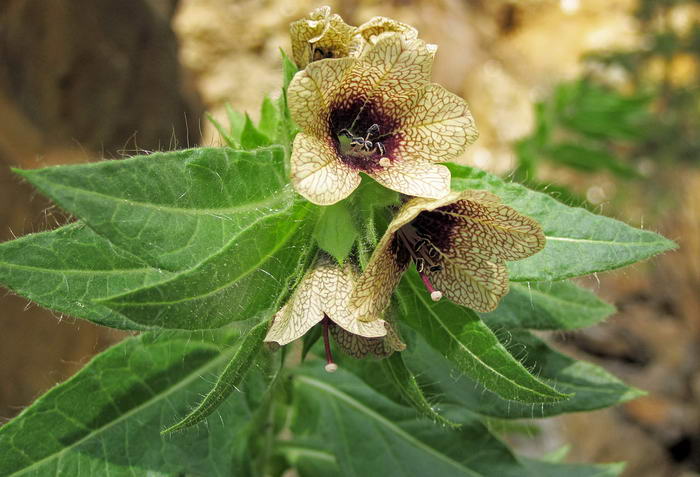
09 – Acupuncture
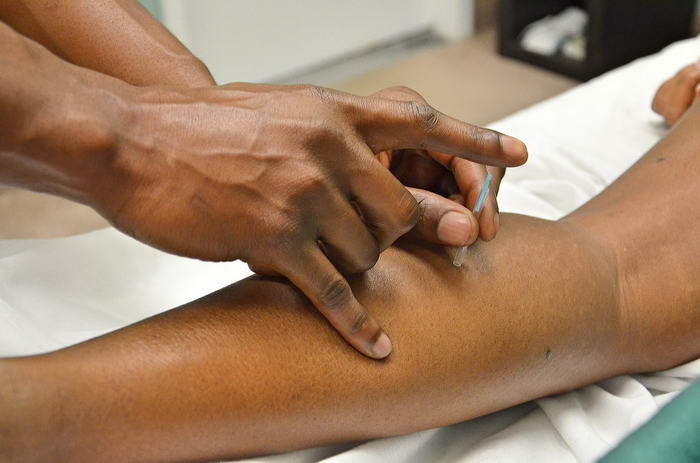
Although this is still used widely by modern Chinese medicine practitioners today, acupuncture makes our list as it was also used in ancient times. And, well, it is a bit bizarre even now isn’t it?! The sight of someone getting long, sharp needles stuck in various delicate spots on their body looks most unusual. It must be said though that many find it a very effective pain reliever and this was the case in the past too.
The Yellow Emperor’s Classic of Internal Medicine was published around 100 B.C. and is the first text that mentions acupuncture. The treatment is based on ancient Chinese Taoist philosophy. And places needles in precise locations to help unblock the bodies energy channels. This is thought to cure illness and relieve pain by allowing energy to flow around the body uninterrupted.
08 – Mandragora
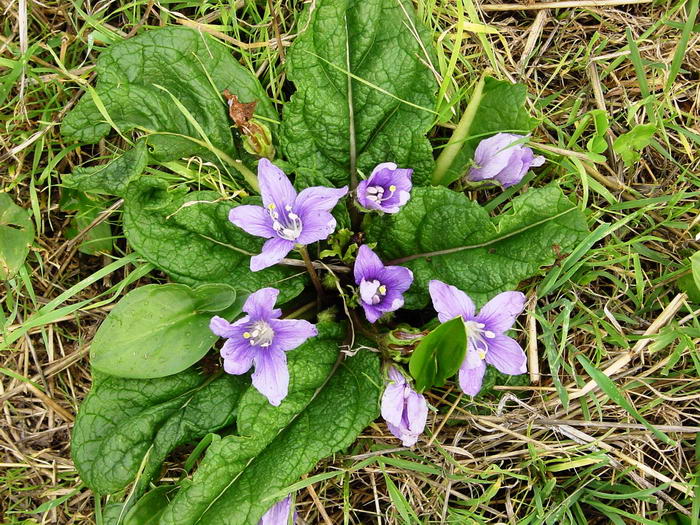
07 – Datura
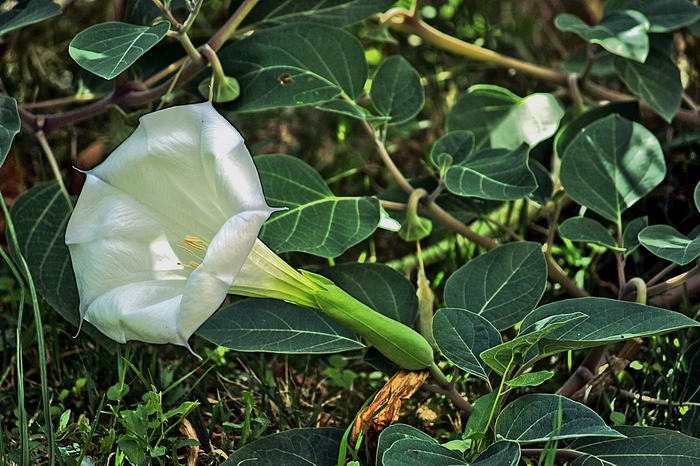
06 – Ethylene

Probably one of the most famous tales from ancient times is that of the Oracle of Delphi who would convene with the gods to tell people their fate. It is now thought though that the cave the Oracle was based in was behind it all as it had lots of Ethylene in the air due to the minerals inside it. Since then, it had been used by people as a seemingly safe form of anaesthetic for surgery. Ethylene was found to work effectively induce drowsiness and knock people out as well as having no ill effects on the patient after the operation. So, why is it not used more widely in modern times? Well, it was also highly explosive and the slightest spark could result in a big bang!
05 – Corydalis
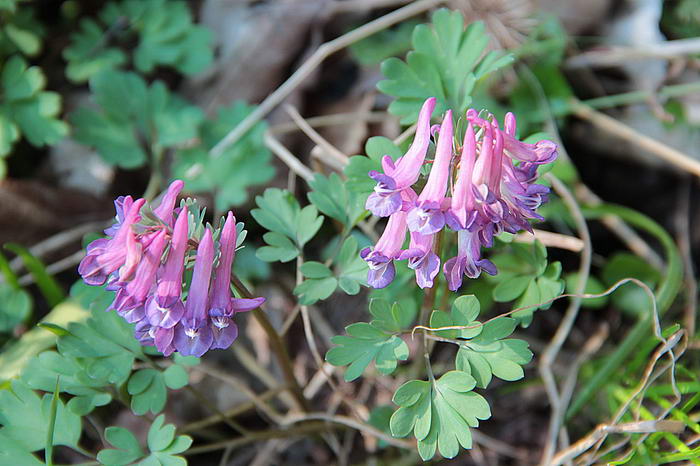
04 – Carotid Compression
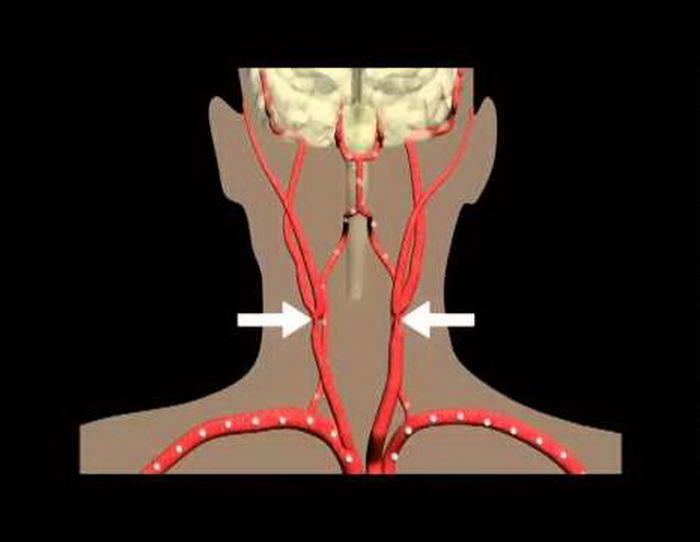
Now this is definitely one weird way to relive pain! In simple terms, you would render the patient unconscious by compressing the carotid arteries in their neck. As a form of anaesthetic, it left a lot to be desired! It worked by shutting off the blood flow from the heart to the brain while the artery was squeezed shut. It is not the same as choking someone as you are not actually cutting their airflow off in any way. Even Aristotle commented on the effectiveness of this treatment and how quickly it rendered a man insensible! Of course, as more sophisticated methods of inducing sleep for surgical operations came into play, this was reserved for street brawls and war.
03 – Willow Bark
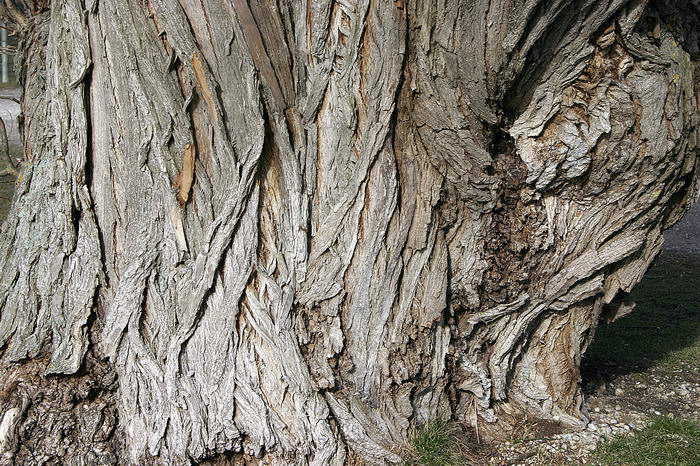
02 – Cannabis
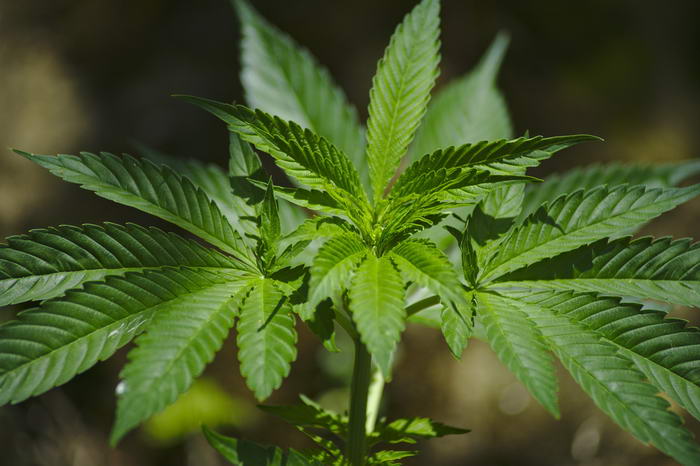
Although this is a modern drug that is currently illegal to use in most of the world, Cannabis was actually prized in history for its pain killing properties. As far back as 290 B.C., Emperor Fu in China used it to treat any ailments he had and this soon spread to other parts of the planet. Moving into 1000 B.C., Indians used to mix the leaves with milk to create their own painkiller known a Bhang. They would use this mixture to treat a whole range of illnesses from earache to joint pain. It would seem then that this is not a modern drug at all!
01 – Opium
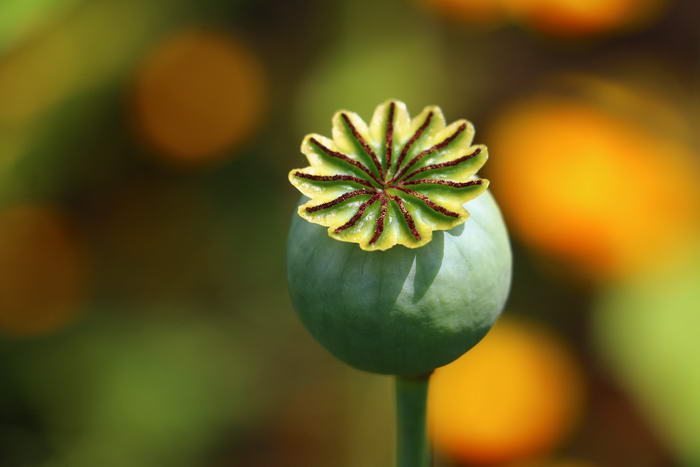
The use of Opium as a pain reliever goes as far back as 3000 B.C. to Lower Mesopotamia. The population of the region used to call the Poppies that Opium came from ‘Joy Plants’ which sums up the effects they had. The production and use of Opium continued right through to the ancient Egyptians who were big fans of it and right up to Victorian times in England. It eventually fell out of favour though due to the extremely addictive nature of its use. And also the fact it was a serious crime risk due to its sale and subsequent turf wars. It has to be said though that as a pain reliever it certainly did the job and was a substance that led to feelings of extreme happiness and elation.
As you can see, although we have plenty of different drugs now for stopping pain or inducing anaesthetic, our ancient predecessors weren’t short of choice either! They had a rich understanding of natural plant life and fauna which enabled them to take steps to reduce any pain they felt. Although some may seem a little far-fetched, most were actually pretty handy! It’s fascinating how these age-old pain relief methods, founded on observation, trial, and error, paved the way for advanced pharmacology. They served as a blueprint, inspiring further research and formulation of effective medications. These methods are proving that the wisdom of ancient medicines isn’t entirely lost or outdated.
Ancient Remedies in Modern Bottles: A Crossroad of Time
When ancient wisdom meets modern science, we witness a synergistic evolution of medicinal practices. This crossroad of time not only enriches our knowledge but enhances the efficacy of therapeutic strategies. While we’ve advanced leaps and bounds in pharmacology, the traces of ancient medicines remain, surprisingly unscathed.
Ancient Egyptian papyrus scrolls record the use of myrrh and frankincense as analgesic agents. Fast forward several millennia, and we find these herbs in ointments and creams, lauded for their anti-inflammatory effects. Ayurveda, an ancient Indian system of medicine, champions the use of Ashwagandha to combat stress and boost immunity. Today, Ashwagandha supplements line the shelves of health stores worldwide, aiding millions in their quest for wellness.
Chinese medicine too, dating back to 2700 BC, has contributed significantly to pain management. Acupuncture, rooted in the ancient philosophy of Qi or life force, is recognized by the World Health Organization as a viable treatment for various pain conditions. The list is exhaustive, reminding us of the deep-rooted influence of our ancestors’ wisdom on present-day healthcare.
In this light, ancient remedies aren’t just an amalgamation of medieval medicines and rituals. They’re proof of humanity’s ceaseless quest for healing, a testament to the ingenuity and resilience of our forebears. Today, they provide us not only with therapeutic benefits but also a rich, historical narrative that continues to unfold.


